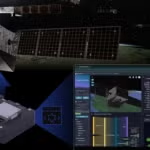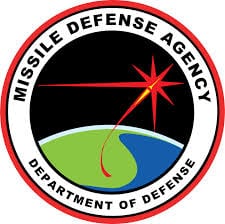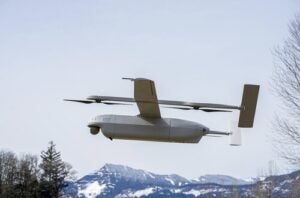
The Defense Department needs to step back and narrow its initial efforts to develop capabilities for a more interconnected battlespace and focus on the key ingredient to make Combined Joint All Domain Command and Control (CJADC2) a reality and that is ensuring there is more bandwidth available, a top Republican congressman said on Wednesday. The Link 16 data link network is too narrow and the data pipe must be widened to accommodate the intelligence, surveillance, reconnaissance, and targeting data that…

 By
By 











